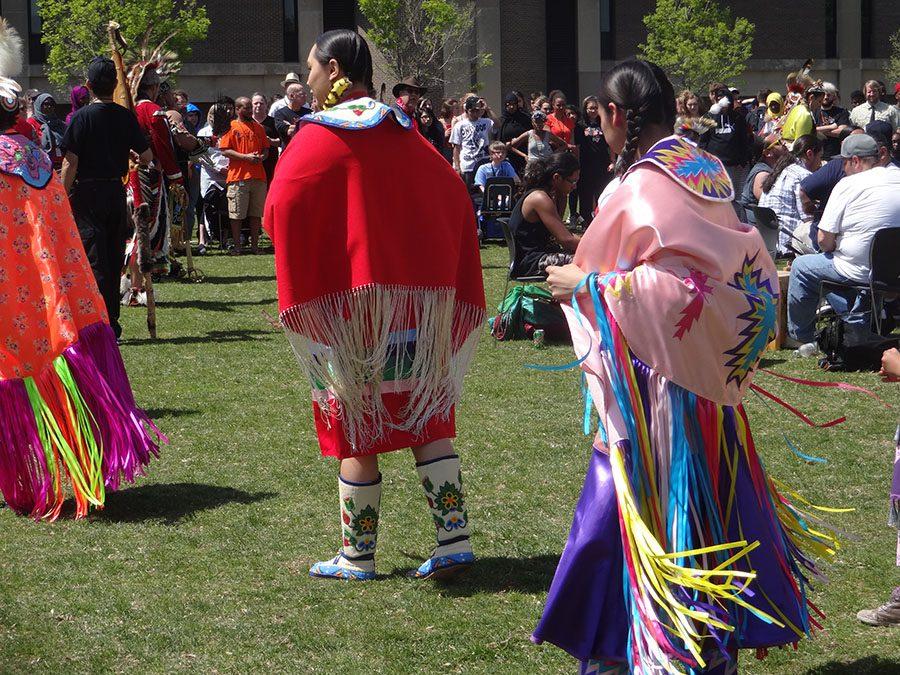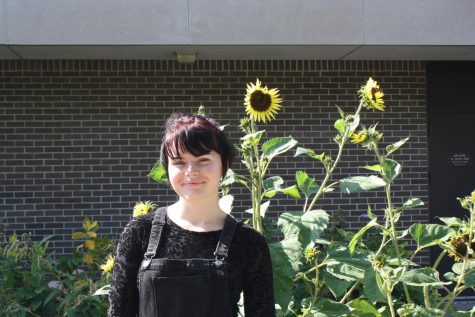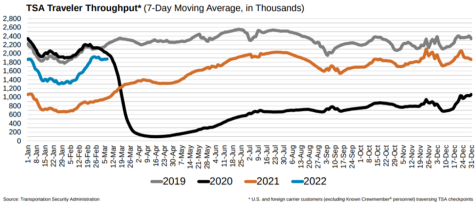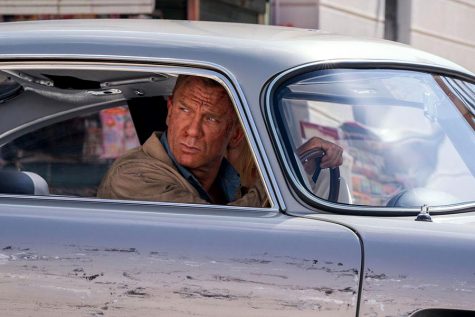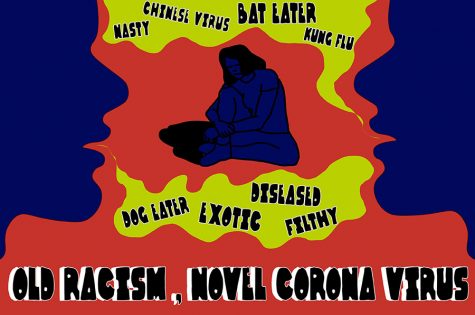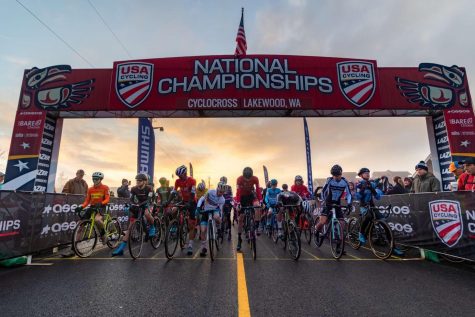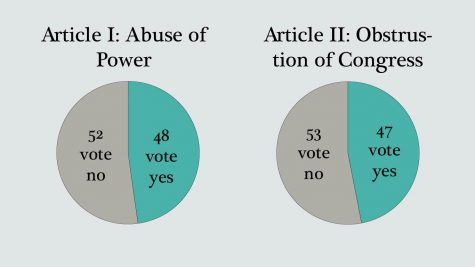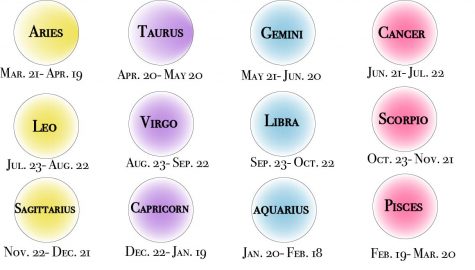Pow wow strengthens All Nations program
May 27, 2016
OVER ONE THOUSAND students, teachers and community members gathered outside of South to attend a pow wow hosted by the All Nations program under the warm sun on Friday, May 6th. The pow wow, attracting over 400 more attendees than the previous year, was composed of all ages: from four-year-olds to elders and everyone in between. Some audience and pow wow participants traveled hours from up North just to attend the pow wow, such as a woman who brought her three young girls to take part in the performance.
All Nations, a South program that focuses on Native American and indigenous traditions, has had a pow wow almost every year since it was founded in 1989. It has become a significant tradition in the All Nations program for both students and teachers. “It’s our highlight of the year because our students feel empowered and in charge of running such a big event,” said Vince Patton, a social studies teacher in All Nations.
A pow wow is a celebration that features traditional dancing, drumming and singing with the audience watching in a large circle around the performers. “They’re a celebration for my people…Whenever there’s something to celebrate, there will be a pow wow,” said All Nations senior Elizabeth Santana.
“[It’s] a time when All Nations comes together… it gives All Nations a chance [to show] we’re a good program,” said Abel Martinez, a junior. He has participated in pow wows all his life, and with his family has traveled to different pow wow celebrations across the midwest.
“A pow wow is a way of decolonizing, because we are in a school system that isn’t made for us, but having pow wows is a way to decolonize in our school system,” said Martinez.
Brian Tenbear, also a junior in All Nations, has been an active participant in the South pow wow since his freshman year. “I usually connect and find drum groups that wanna sing for us…I’m also one of the singers for the All Nations drum group. It’s kind of a tradition, I grew up in that.” Tenbear explained that his family have also been active participants in pow wows all across the nation, and throughout his whole life he’s been surrounded with traditional singing, dancing and regalia.
The pow wow has always been a way to represent All Nations at South, as it is the smallest of the three programs and is not as recognized as the Open or Liberal Arts programs. It is very student-driven. “UNIDOS has their auditorium, UMOJA has their auditorium, I think of the pow wow as our auditorium,” said Martinez.
Patton explained that although the coordinators of All Nations help, the students efforts make the pow wow happen. “I have all my students plan this pow wow,” Patton explained. “[They] set it up, we have other students as dancers, we also have other students as community connectors, so they went out to the community and found a drum, found a master of ceremony, and other aspects that are needed in pow wow…[They’re] community activists.”
Santana has been a part of All Nations for all her years at South. She has also participated in the pow wows. Although she doesn’t perform in them, she actively watches and takes pictures of them.
Santana has greatly appreciated All Nations and what it’s done for her. “I really liked being in All Nations,” she said. “I was able to be more in touch with who I am as a Native American, as a Lakota person.” The program has dealt with many struggles throughout the years. “[It’s been] quite the journey because the program went through so much throughout my years here. There were different coordinators, Ojibwe teachers, and we lost some students. But I think it makes us strong,” she said.

